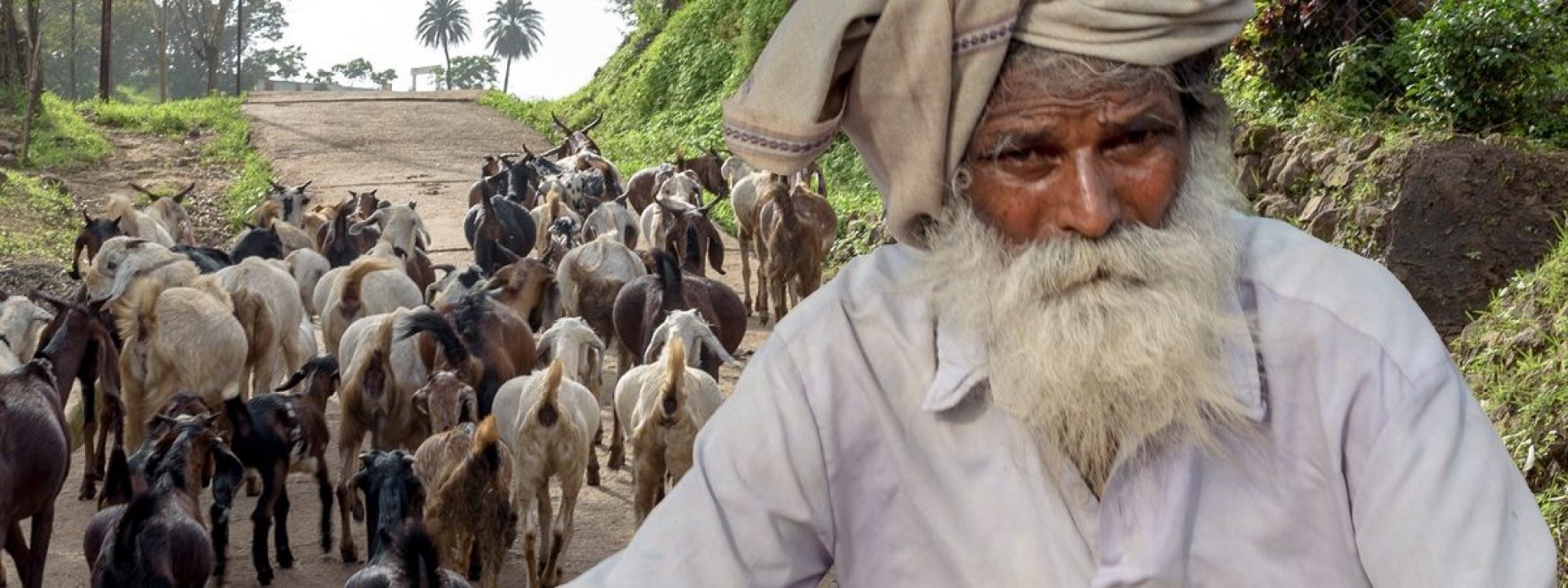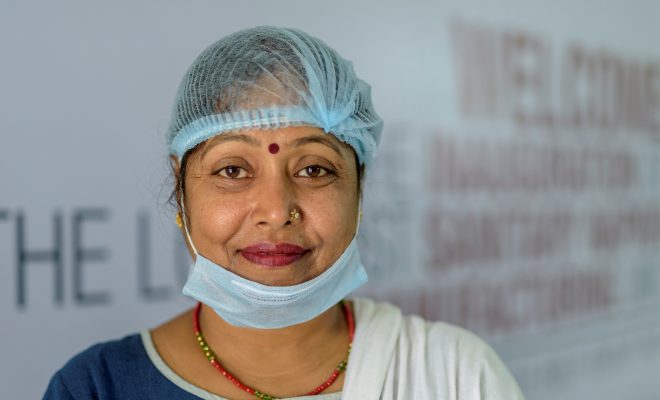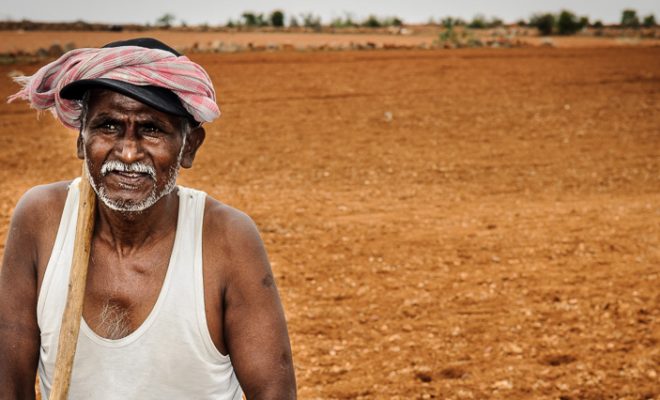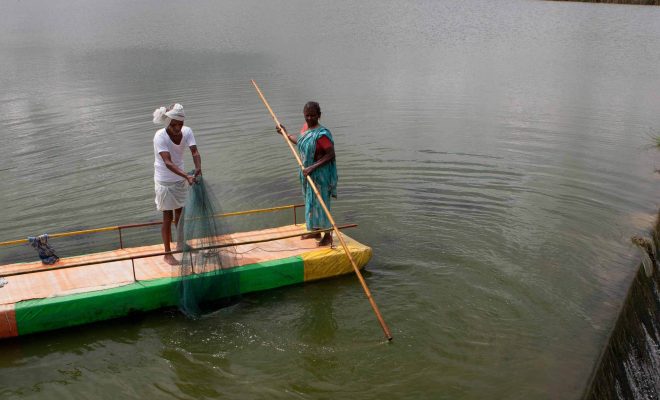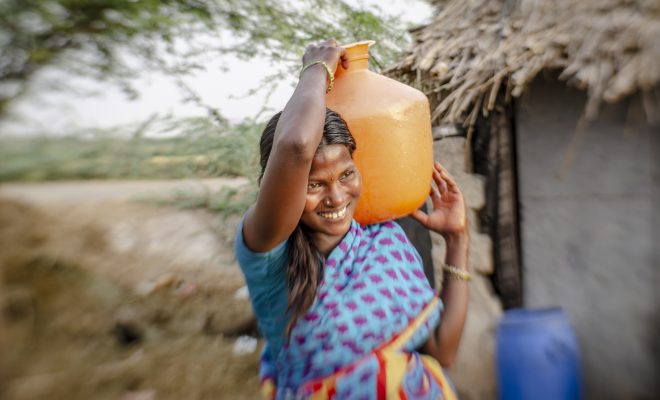
On April 14, with 1,425,775,850 inhabitants, India became, according to the UN, the most populous country in the world after overtaking China, and estimates suggest that it will reach 1.7 billion by 2060. Moreover, the average age of its population is around 28, so the Asian country faces its future with an impressive workforce. All this, eight months after commemorating the 75th anniversary of its independence, coinciding with another significant milestone: its GDP surpassed that of the United Kingdom, its former mother country. India now ranks fifth in the world economy, with a potential for technological innovation, making it one of the most dynamic and influential vectors globally.
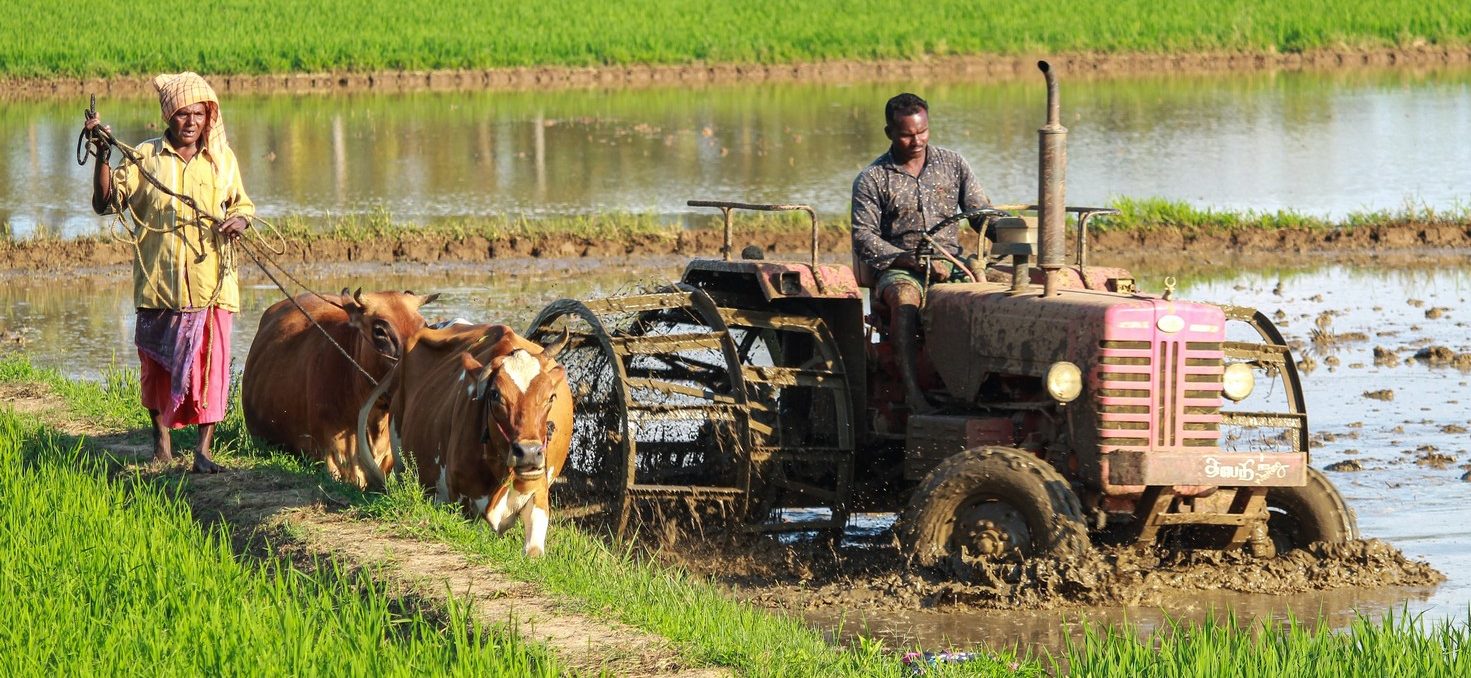
India faces a promising future with enormous challenges. Achieving efficient agriculture that is resilient to the climate crisis is paramount. © Rajesh Ram – unsplash
A benchmark on the road to the SDGs
India is on the fast track. But many socio-economic data are still worrying and could hinder its development. According to this year’s Oxfam report, 10% of the population accounts for 77% of the wealth, and the top 1% of income earners own more than 40% of the total wealth, while the bottom 50% of income earners own only 3%. Moreover, five out of six people below the poverty line belong to the lowest tribes and castes, which, despite being officially abolished, continue to exist in large sectors of its society.
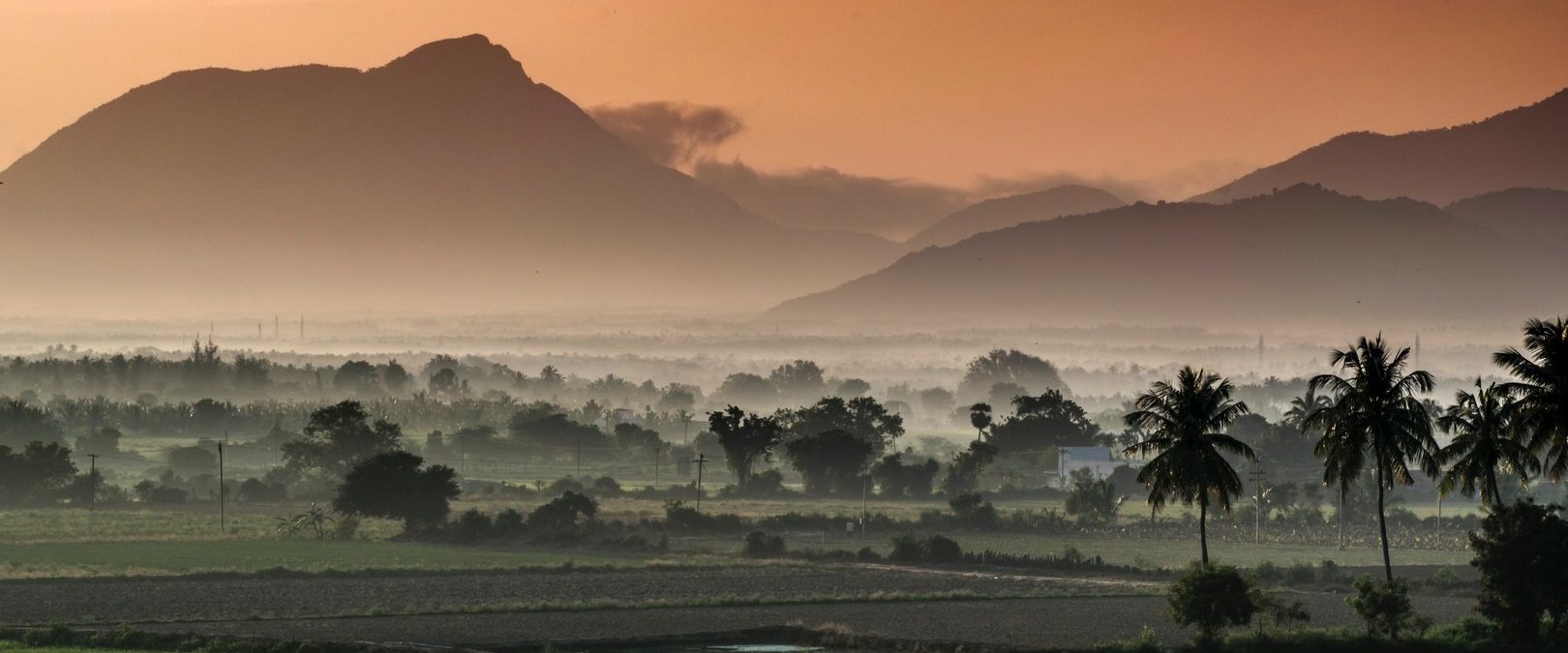
The Asian nation has experienced a depopulation of the most abandoned and vulnerable agricultural areas in favor of the cities.© Remi Clintonn- unsplash
This leadership and the magnitude of its social challenges inevitably make India one of the most significant benchmarks in the evolution of the 2030 Agenda, especially concerning SDG 6. The Asian nation faces the challenge of providing water for agriculture, achieving efficient sanitation for the huge urban concentrations, ending open defecation, cleaning rivers, regenerating aquifers, and providing safe access to water for all its citizens.
Reversing the neglect of urban areas
One of the questions many economists have been asking is how the country will meet the food challenge. According to FAO, India must produce almost 350 million tons of grain by 2025 and diversify agriculture to achieve food security.
Indians already account for almost 18% of the world’s population but possess only 4% of the world’s freshwater resources. Sixty-nine percent of the population is rural, a much higher proportion than the average for Asia, which is 58%. Eighty percent of these people live from agriculture and livestock farming, the most water-demanding sectors.
The country is also experiencing a paradox similar to that of many emerging countries: it has experienced a depopulation of the most abandoned and vulnerable agricultural areas in favor of the cities. The terrible drought of 1984-1986, which affected more than 15 million hectares of arable land, revealed the underlying imbalance: some 40 million families were ruined and sold their land out of debt, most of them abandoned their crops and livestock and migrated to the cities. There they ended up crowded in slums without the minimum conditions for a dignified life. Since then, rural-urban migration has continued to trickle down, and slums have continued to grow.
This situation must be reversed.
The ultimate goal: saving water
India’s rural world needs to be transformed and to do so, farmers must be able to diversify their crops and manage water efficiently. One of the biggest threats lies in the overexploitation of aquifers.
India is the world’s largest extractor of groundwater, and in many areas, it is being depleted. According to the World Bank, in the last 50 years, the number of wells has increased from 1 to 20 million. About 60% of irrigation water comes from groundwater, a proportion that continues to grow compared to surface water from rivers and lakes. India extracts more groundwater each year than the US and China combined.
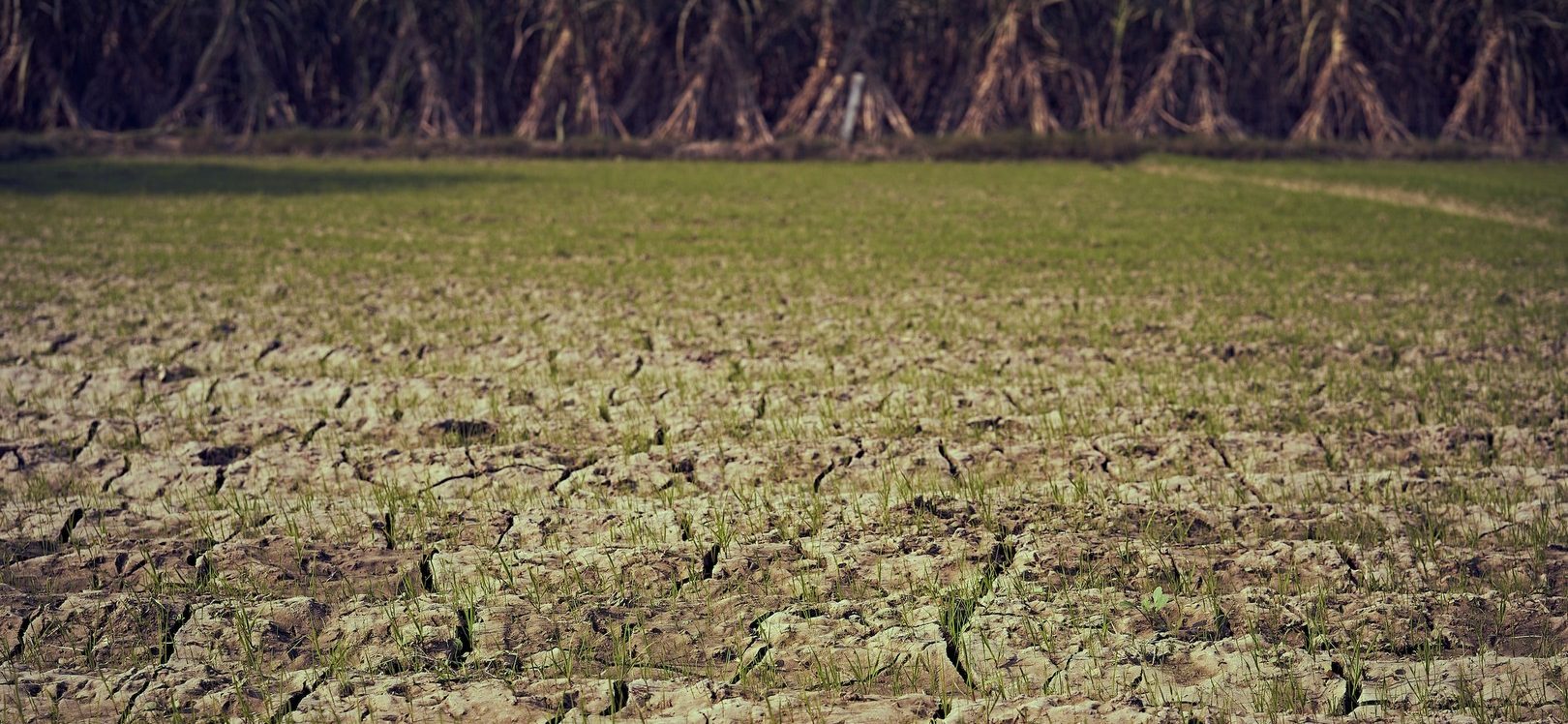
The terrible drought of 1984-1986, which affected more than 15 million hectares of arable land, revealed the underlying imbalance: some 40 million families were ruined and sold their land out of debt. © Ashwini Chaudhary- unsplash
The climate crisis is already a reality in much of the country: one of its most essential groundwater basins, the upper Ganges, saw its water level drop by 33 cm per year between 2002 and 2008. According to a satellite study, the decline, which continues, has a twofold cause: the loss of ice from the Himalayan glaciers and overexploitation. But the disappearance of groundwater is not only occurring in the north of the country; most Indian farmers are suffering from this deterioration, and many NGOs have warned that more and more farmers are forced to dig their wells deeper to find water. By 2010, the water table had dropped to an average depth of more than 26 meters, and many wells were running dry after repeated drilling. In the last decade, this decline has increased in areas of higher farming and dependence on monsoon rainfall.
Empowered farmers with governance rights
Access to water for agriculture is a challenge that can only be met with farmers who know how to manage their own water harvesting and irrigation facilities.
Our experience in projects to help farmers corroborates this. The four small self-managed reservoirs we have helped build in Andra Pradesh with the Vicente Ferrer Foundation show the extent to which managing to collect water in the monsoon season for use in the dry season frees farmers from the terrible annual climatic uncertainty. These small bodies of water make it possible to abandon the undermining monoculture and set up a model for the regeneration of aquifers and the fight against desertification.
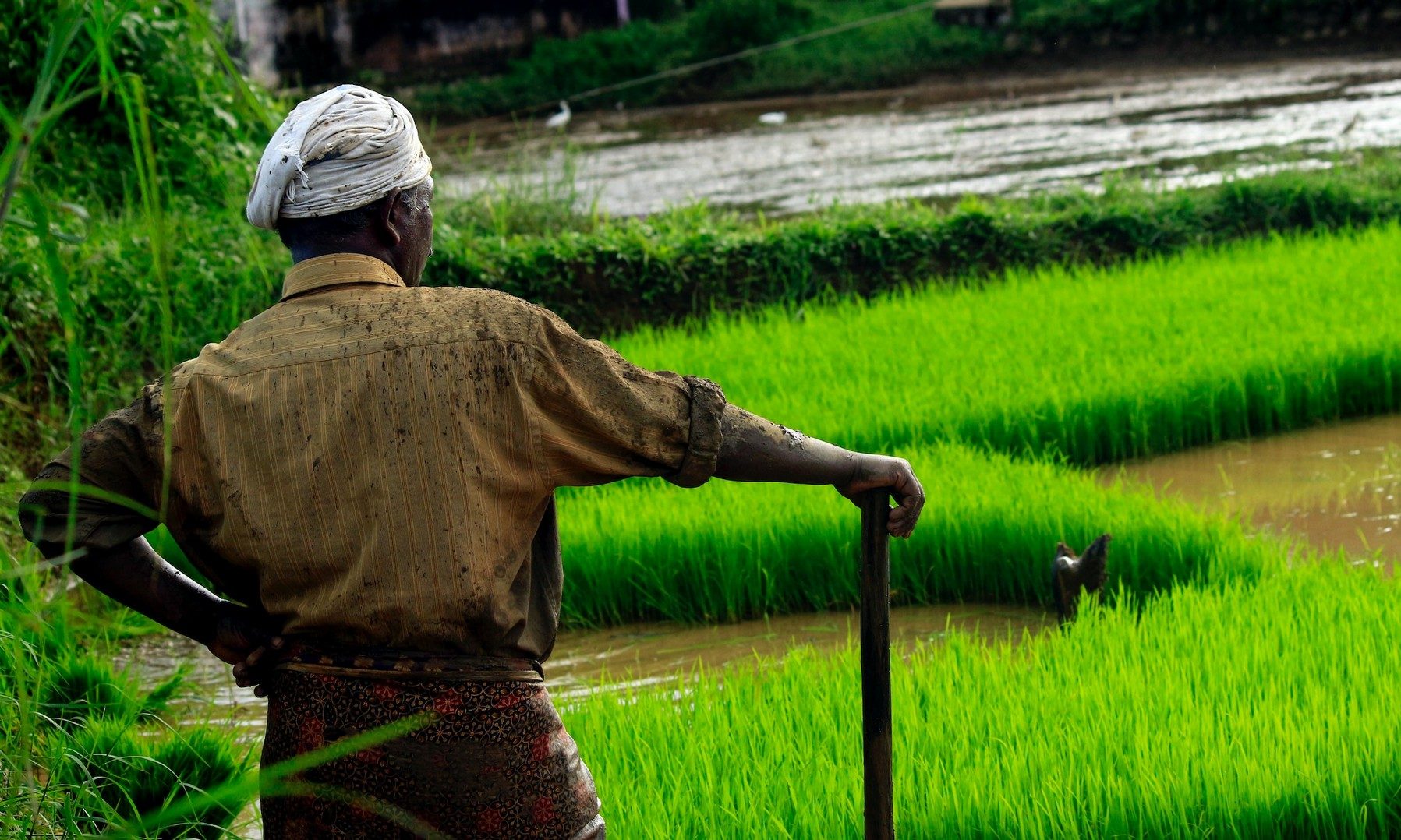
India’s rural world needs to be transformed and to do so, farmers must be able to diversify their crops and manage water efficiently. © Nandhu Kumar -unsplash
A crucial factor in these projects is community participation, which must be oriented towards total self-management of the operation and maintenance of the facilities. Along the same lines, installing efficient irrigation systems and promoting the installation of solar panels to drive extraction pumps aims to revolutionize agricultural productivity and water management in the poorest regions threatened by increasing aridity. The success of the solar-powered drip irrigation project in Andhra Pradesh, which has enabled more than 70 families to withstand droughts, diversify their crops, and increase their profit margins, is evidence of the potential of this community self-managed tool.
The goals are clear and achievable
Both lines of work, monsoon water harvesting and improving irrigation efficiency, align with the strategies recommended by the World Bank, which advocates integrating them into watershed management and aquifer recharge programs.
It is essential to continue along these lines to achieve food security in the country since, in the medium term, it is expected that Indian agriculture will employ around 50% of the active population and absorb slightly more than 80% of freshwater consumption. FAO indicates that this will also require increasing efficiency from 40% to 50% in surface water irrigation systems and 40% to 72% in groundwater irrigation systems. If India is to reach 1.7 billion in the next 35 years, it must achieve this in the short term with models that will be a benchmark for the rest of the world’s drylands.


